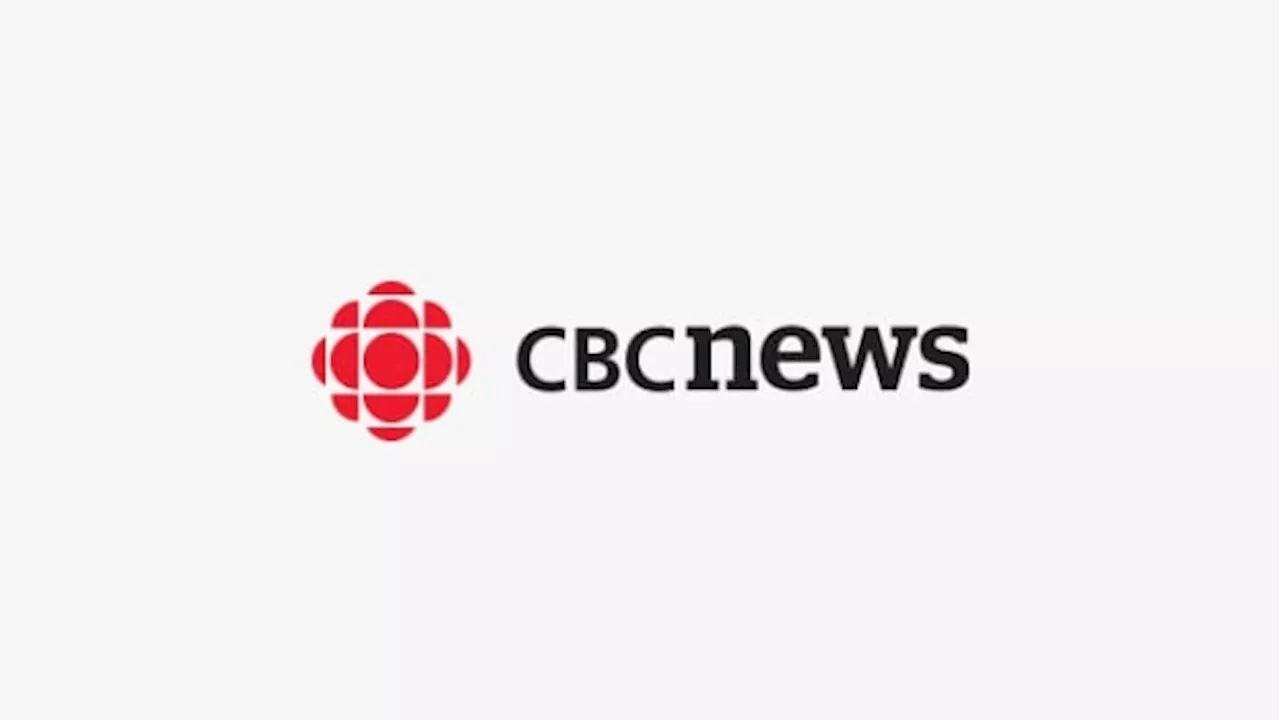'What makes a good nose?,' asks journalist and Iranian-Canadian Nickie Shobeiry.
Growing up the child of Iranian immigrants in rural England, Nickie Shobeiry always felt insecure about her nose. In this video for CBC Ottawa's Creator Network, she examines why so many Iranians around the world feel the same, and the lengths they go to in order to change.Nickie Shobeiry explores Persian beauty standards, freedom of expression and the importance of lineage in this piece for CBC Ottawa’s Creator Network.
But there was another solution staring her in the face, one Shobeiry says her parents wouldn't have so much as raised an eyebrow over: a nose job."I think every Iranian knows several who've gone through it," said Shobeiry, explaining that Iran is known for having one of the highest rates of rhinoplasty in the world.
Shobeiry's cousin Mariam Zohouri says she, too, wrestled with embracing her natural nose in the face of western beauty standards, especially in a family where talking about each other's appearance was the norm. "They let their hair be totally naturally curly and they were in big bold lipstick," she said. "I remember seeing that and being like, oh, they look stunning."
" I would not say I have incredibly positive feelings about my nose, but I also don't have incredibly negative ones. It's just neutral. This is what it is," she said. "It's such an indictment on so many layers of Iranian society … the way that you can only dress up this area of your body because that's all that the regime allows women to show, right?" she said.Farinaz Basmechi says Mohyeddin's assessment lines up with what she's seen both as a woman born in Iran, with many friends who've undergone the surgery, and in her work researching the online movement against the hijab law.
"In bigger cities, you can see that there are some women and girls who are not really wearing what is being dictated to them," she said.
